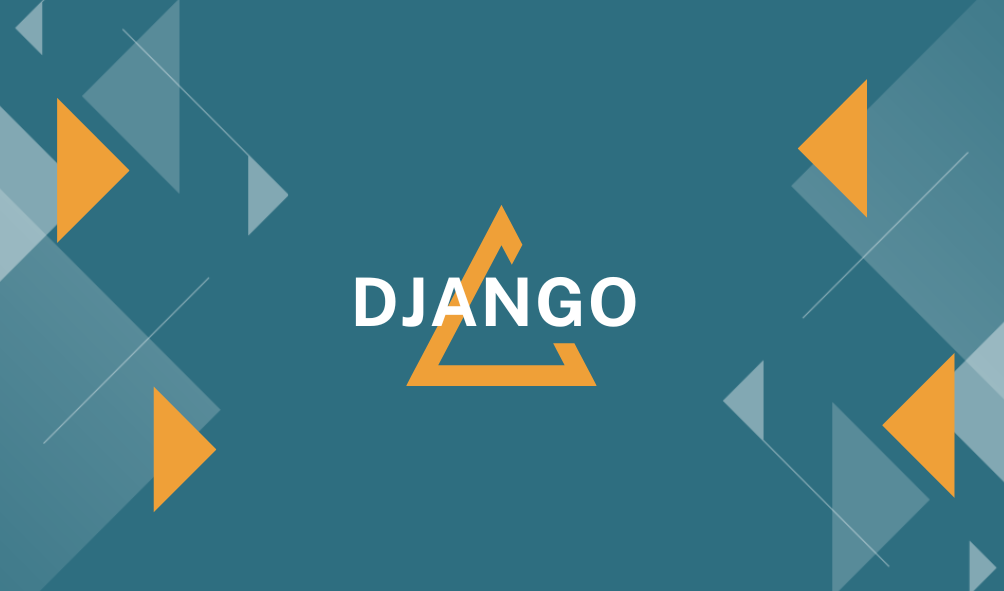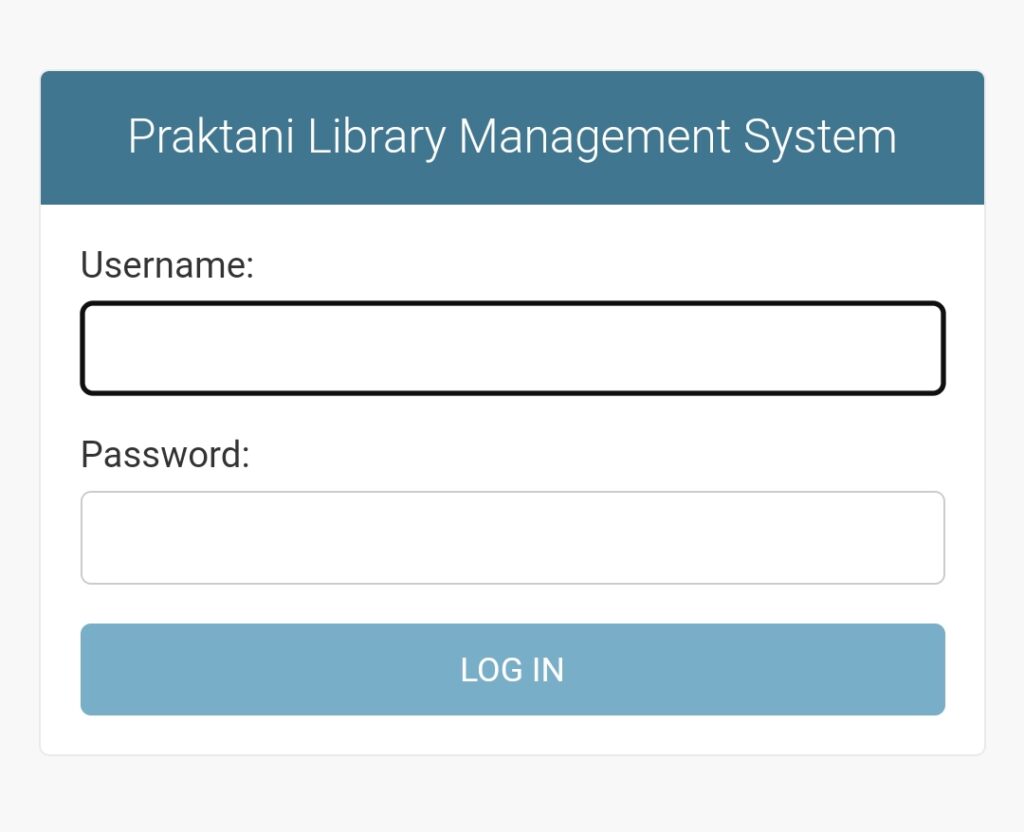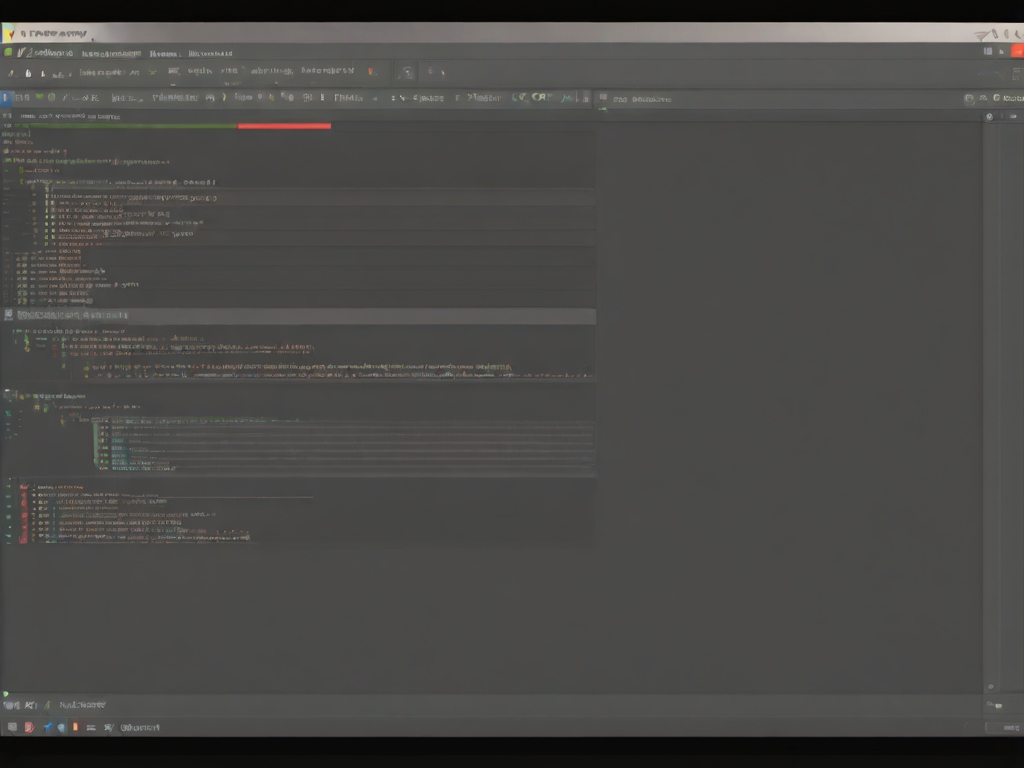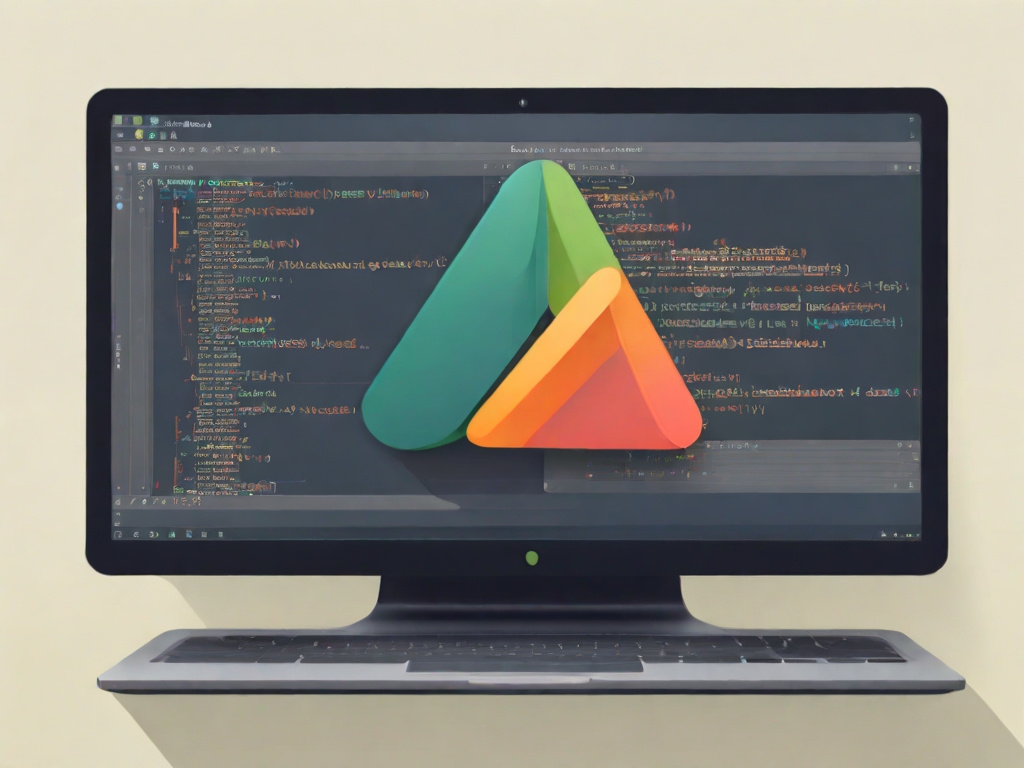
In the vast ecosystem of web development frameworks, Django stands out as a powerhouse for building robust and scalable web applications. Originally developed by Adrian Holovaty and Simon Willison, Django has gained immense popularity among developers due to its simplicity, versatility, and efficiency. In this comprehensive guide, we delve into the intricacies of Django, exploring its features, advantages, and whether it’s the right choice for your next web development project.

Understanding Django
What is Django?
At its core, Django is an open-source web framework written in Python. It follows the Model-View-Controller (MVC) architectural pattern, although in Django terminology, it’s referred to as Model-View-Template (MVT). This architectural pattern emphasizes the separation of concerns, making it easier to manage and maintain complex web applications.
Features of Django
Django comes packed with a plethora of features that streamline the web development process:
ORM (Object-Relational Mapping): Django’s ORM simplifies database interactions by allowing developers to work with database models using Python objects.
Admin Interface: Django’s built-in admin interface automates the process of creating, editing, and deleting database records, making it extremely convenient for managing application data.
URL Routing: With Django’s URL routing capabilities, developers can easily map URLs to views, enabling clean and organized URL patterns.
Template Engine: Django’s template engine facilitates the creation of dynamic web pages by allowing developers to embed Python code within HTML templates.
Security: Django incorporates various security features, including protection against common web vulnerabilities such as SQL injection, cross-site scripting (XSS), and cross-site request forgery (CSRF).
Scalability: Django’s scalability is well-demonstrated by its use in powering some of the world’s largest websites and web applications, handling millions of requests per day with ease.
Community and Ecosystem: With a vibrant community and extensive ecosystem, Django benefits from a vast array of third-party packages, documentation resources, and support channels.

Pros and Cons of Using Django
Pros
Rapid Development: Django’s “batteries-included” philosophy and built-in features accelerate the development process, allowing developers to focus on building application logic rather than reinventing the wheel.
High-Level Abstractions: Django abstracts away much of the complexity associated with web development tasks such as database management, form handling, and authentication, enabling developers to be more productive.
Scalability: Django’s scalability makes it suitable for projects of all sizes, from small-scale applications to enterprise-level systems.
Community Support: The Django community is incredibly active and supportive, providing a wealth of resources, tutorials, and forums for developers to seek assistance and share knowledge.
Versatility: Django is versatile enough to handle a wide range of web development requirements, from content management systems (CMS) to e-commerce platforms and social networking sites.
Cons
Learning Curve: While Django’s documentation is extensive and well-maintained, newcomers may find the framework’s concepts initially challenging to grasp, particularly if they’re not already proficient in Python.
Opinionated Structure: Django enforces certain conventions and best practices, which may feel restrictive to developers accustomed to more flexible frameworks.
Performance Overhead: While Django offers excellent performance out-of-the-box, complex applications may experience performance overhead due to the framework’s high-level abstractions.
Monolithic Nature: Some developers criticize Django for its monolithic nature, arguing that it encourages bloated codebases and makes it harder to integrate with other technologies.

Is Django the Right Choice for You?
Considerations Before Using Django
Project Requirements: Evaluate your project requirements carefully. Django is an excellent choice for projects that require rapid development, scalability, and a robust set of built-in features. However, for simpler projects or those with specific technical requirements, alternative frameworks or technologies may be more suitable.
Team Skillset: Assess your team’s skillset and familiarity with Python and Django. If your team has prior experience with Python and appreciates Django’s conventions and patterns, it can significantly reduce the learning curve and accelerate development.
Community and Ecosystem: Consider the availability of third-party packages, libraries, and community support when choosing Django. The richness of Django’s ecosystem can greatly enhance productivity and provide solutions to common development challenges.
Performance and Scalability: While Django is capable of powering high-traffic websites and applications, it’s essential to consider performance and scalability requirements upfront. Evaluate whether Django’s performance overhead is acceptable for your project and whether it can scale to meet future demands.

Conclusion
In conclusion, Django remains a compelling choice for building web applications, offering a balance of simplicity, flexibility, and power. With its rich feature set, active community, and proven track record, Django continues to empower developers to create innovative and scalable web solutions. However, it’s crucial to assess your project requirements, team skillset, and performance considerations before committing to Django. By carefully weighing the pros and cons and understanding your project’s needs, you can make an informed decision on whether Django is the right framework for your next web development endeavor.
In the ever-evolving landscape of web development, Django stands as a beacon of reliability and efficiency, empowering developers to turn their ideas into reality with speed and confidence.
